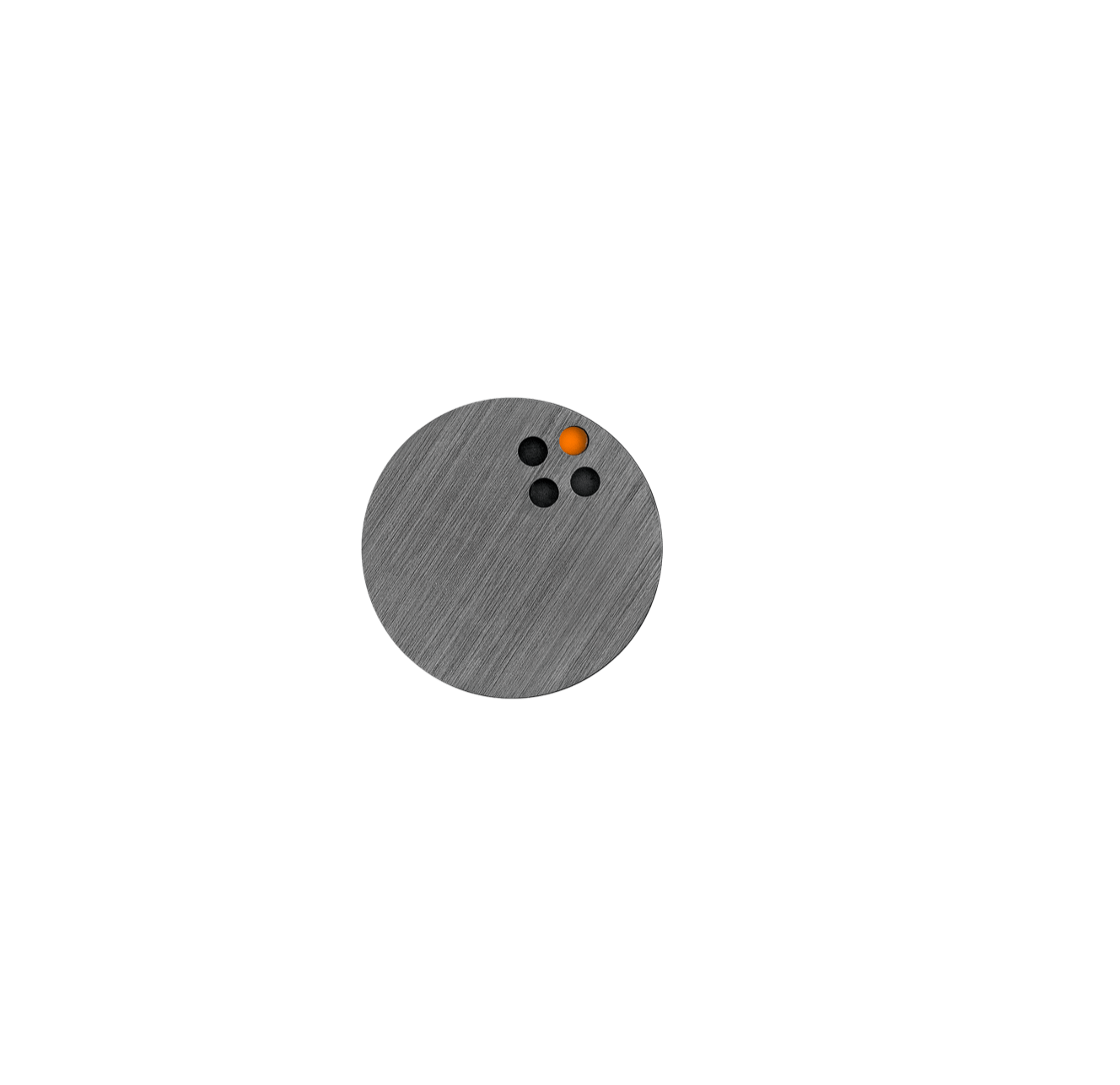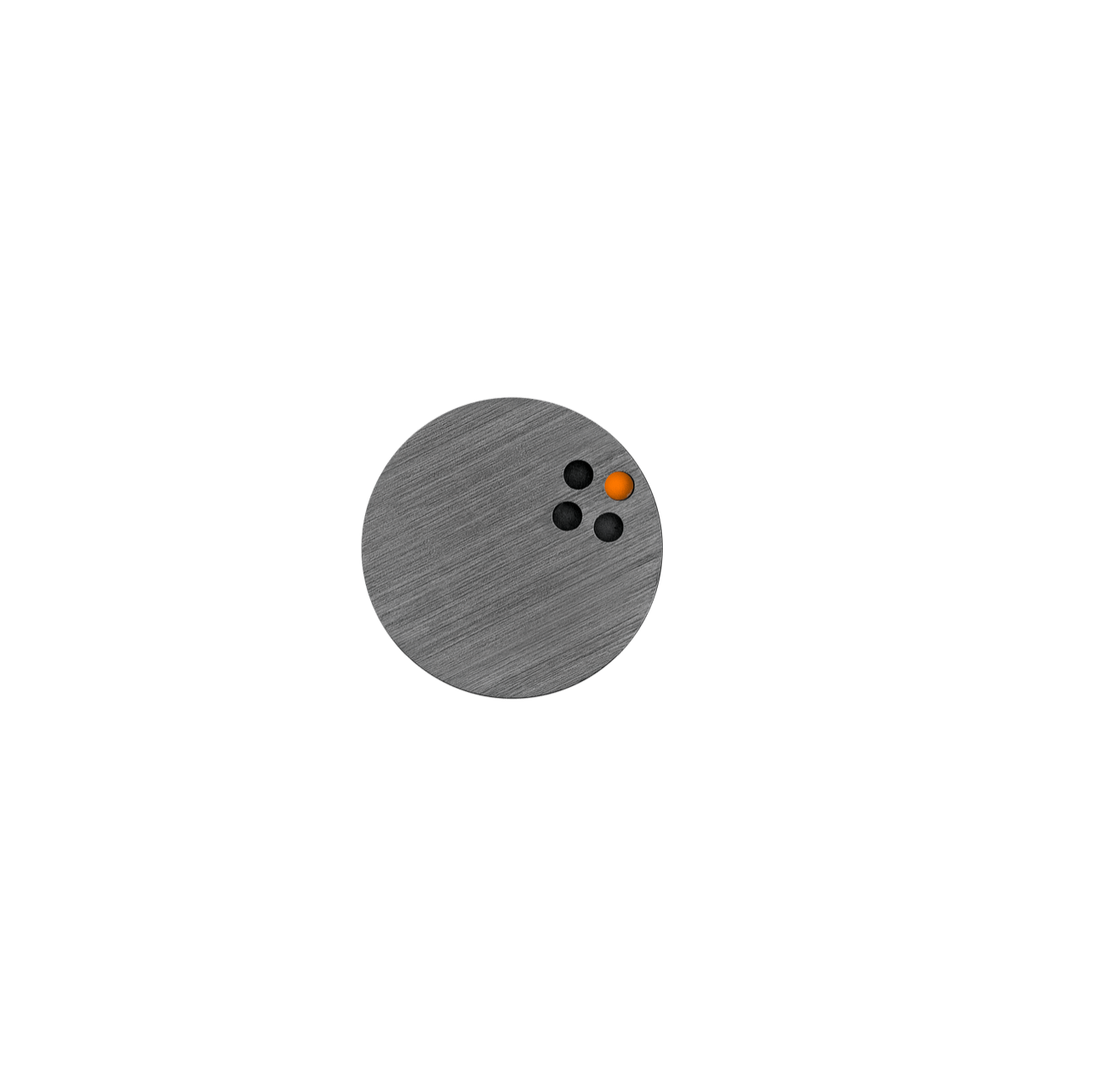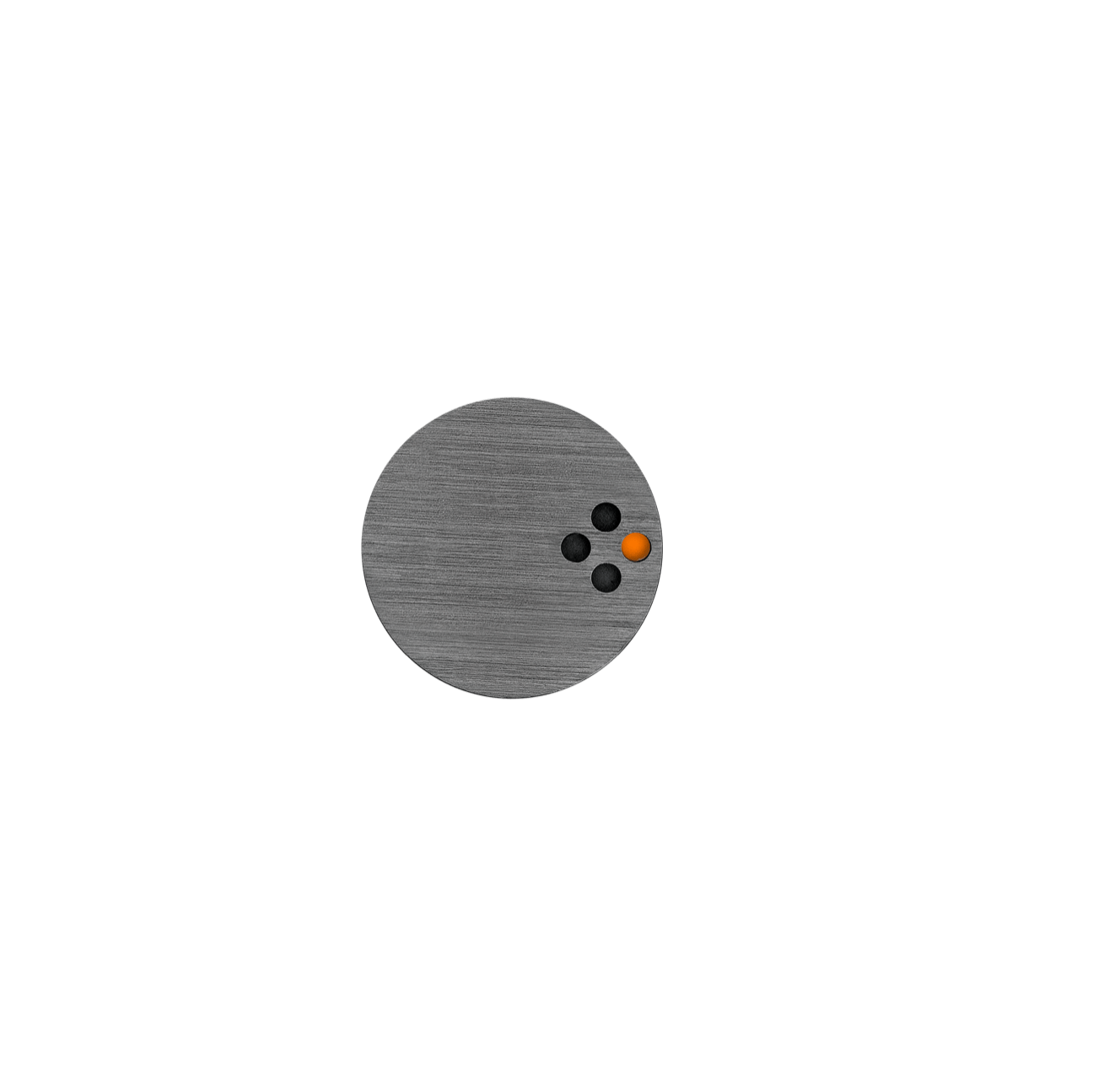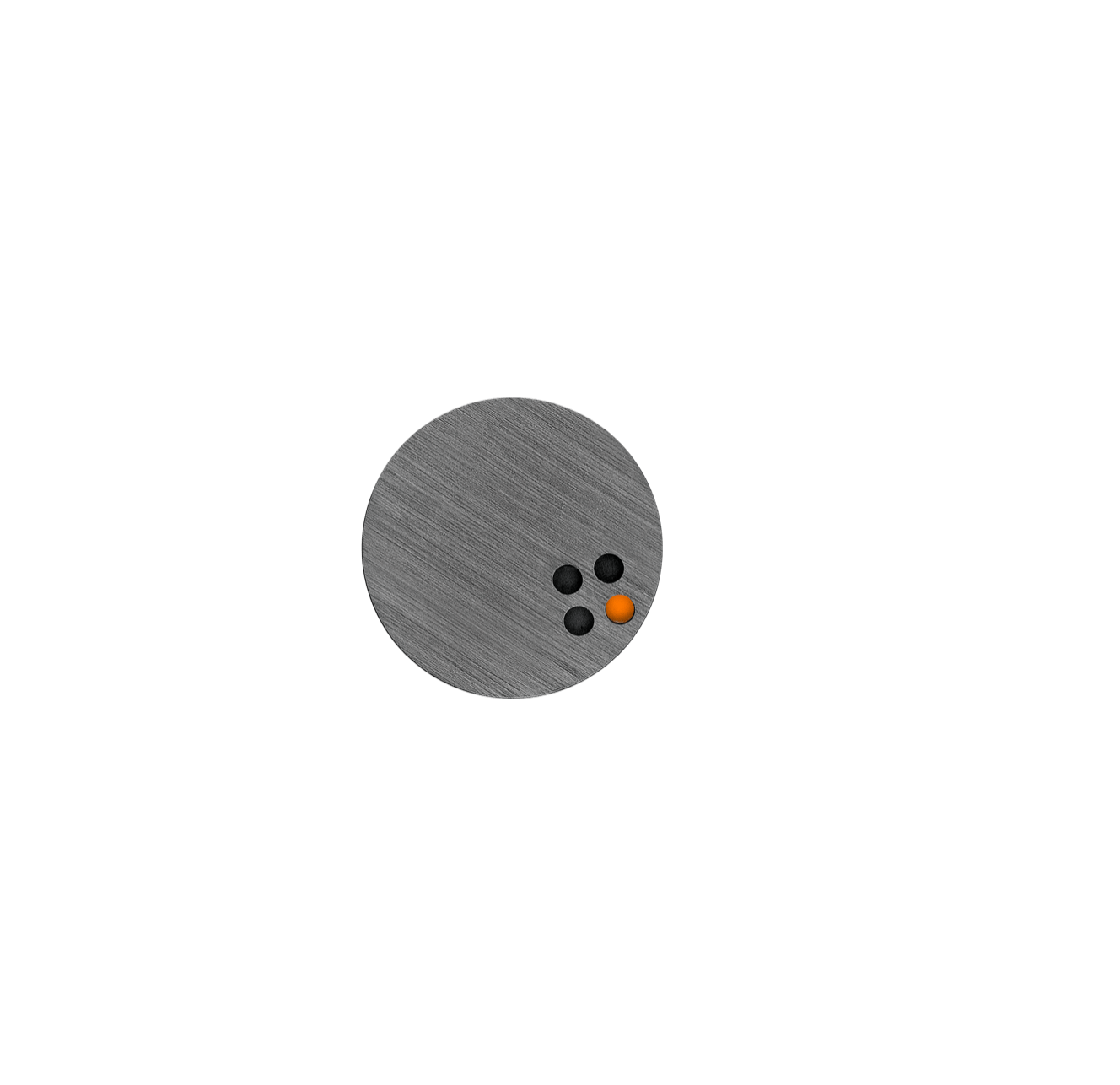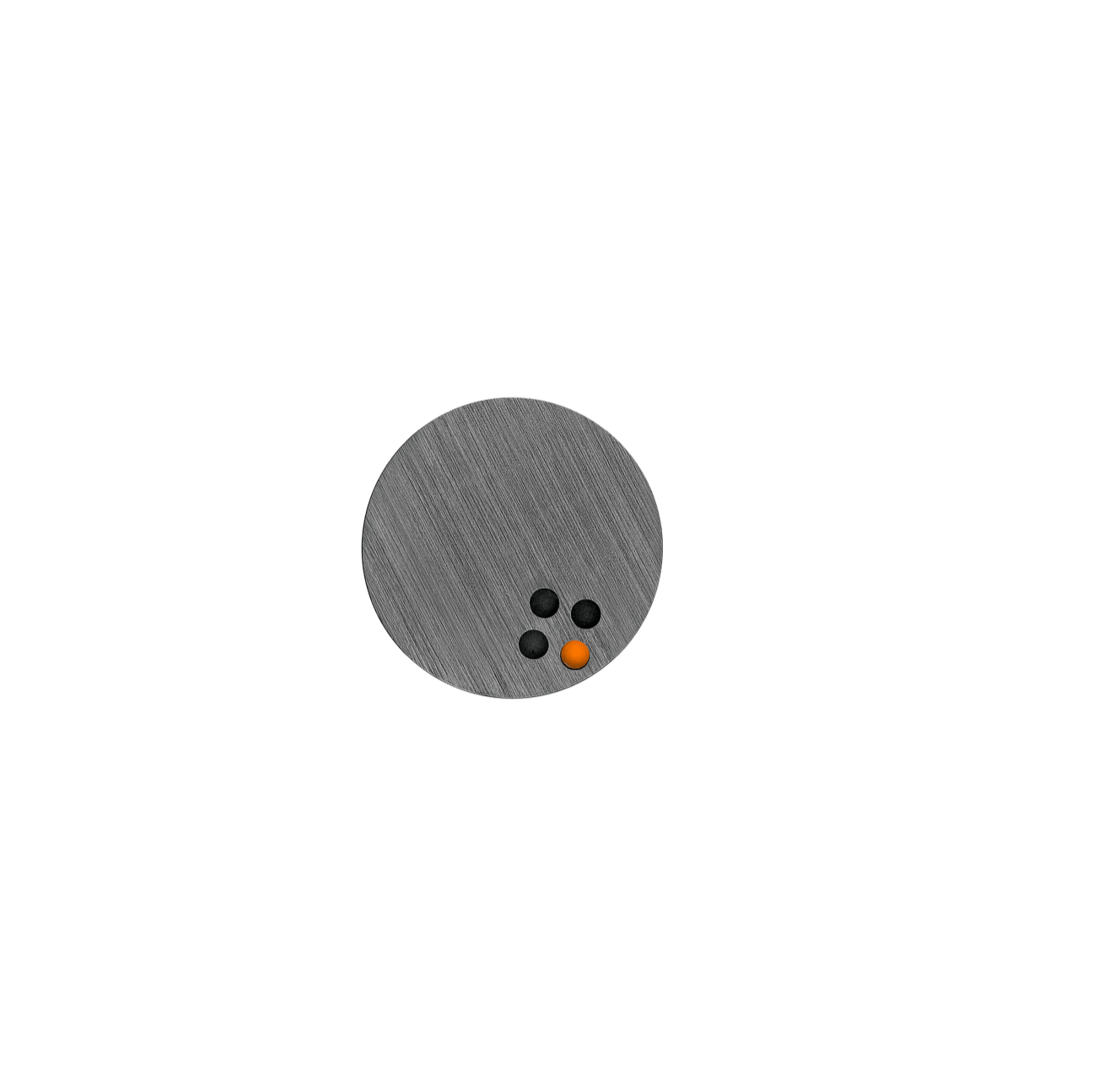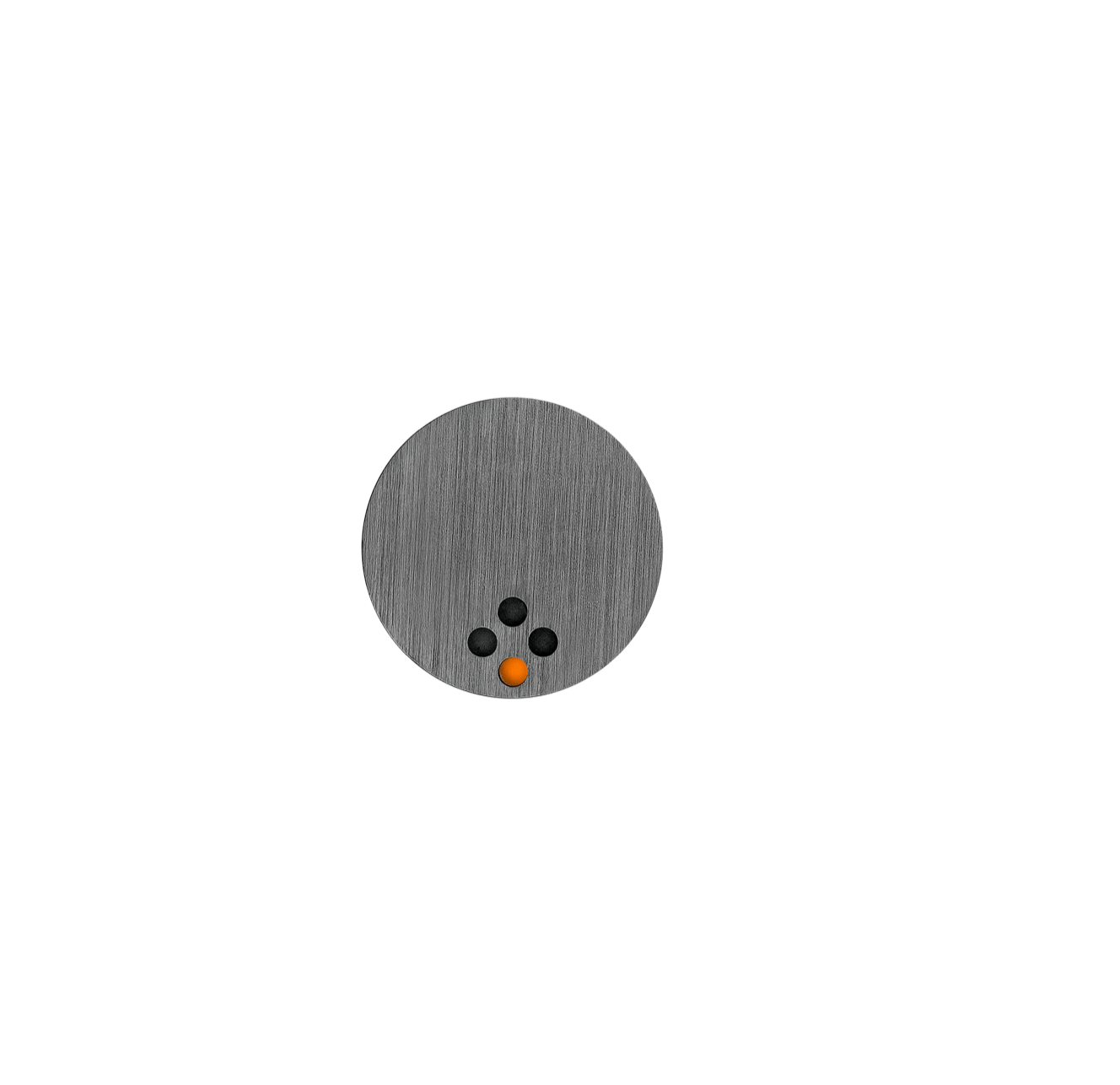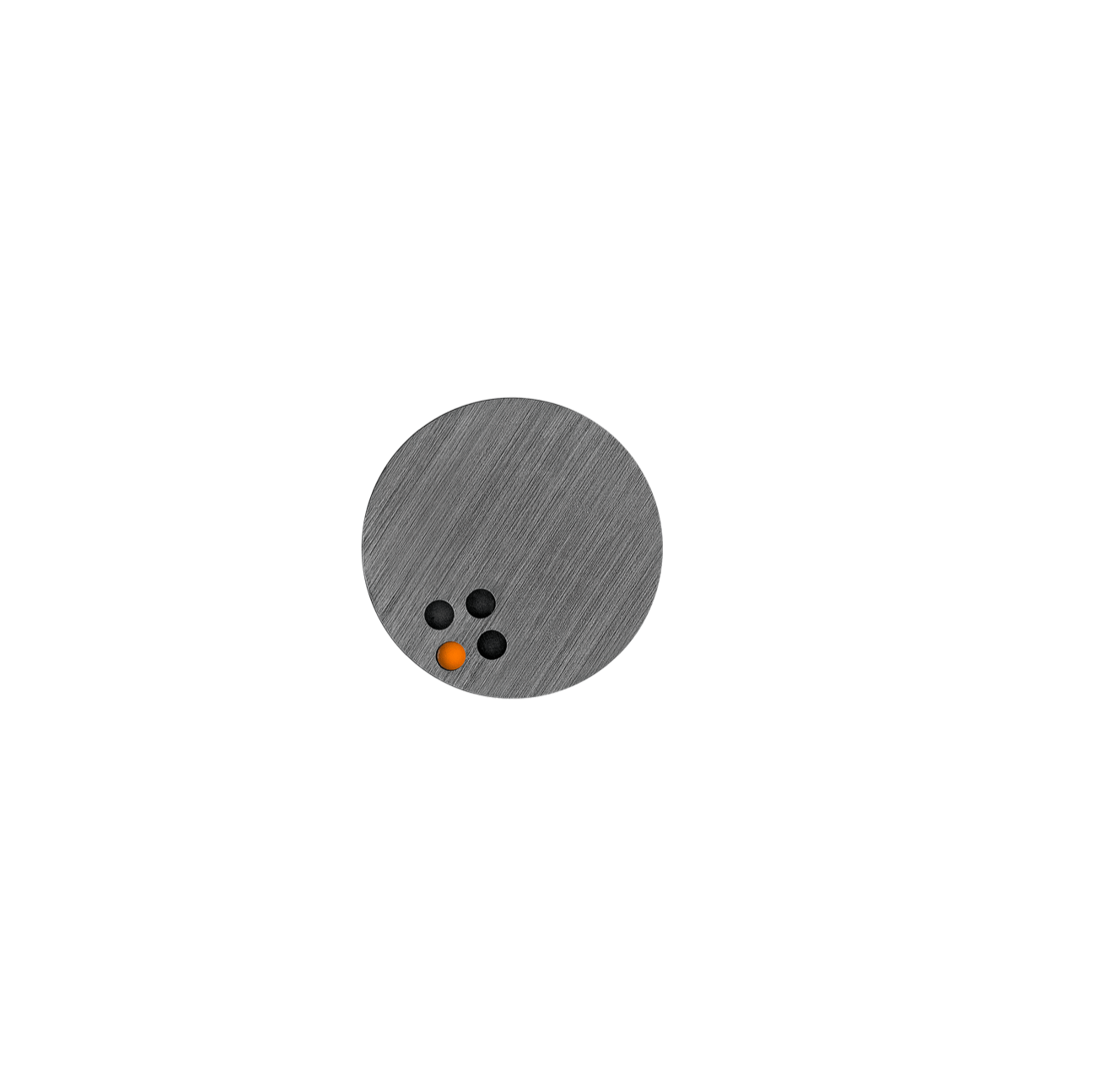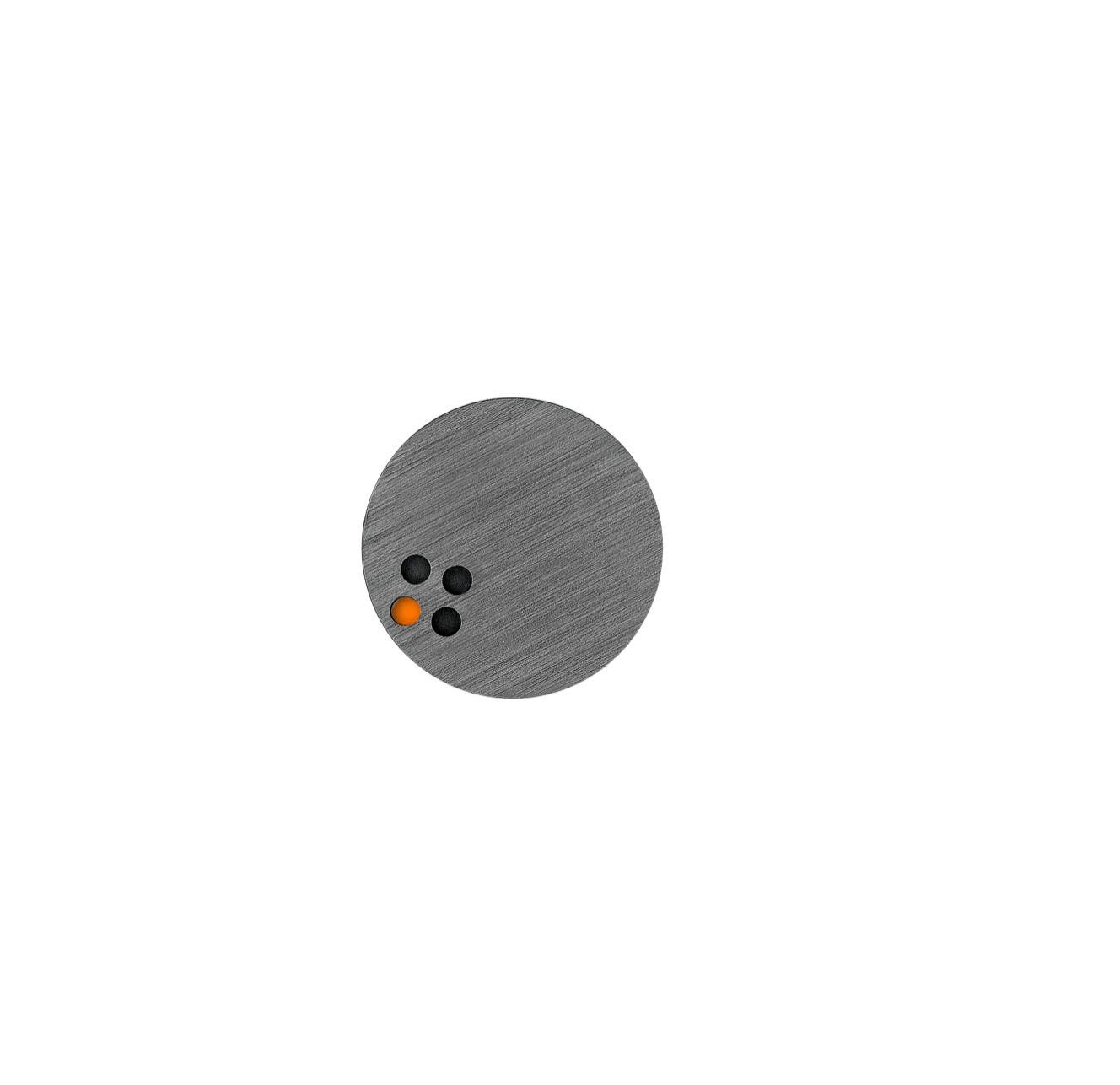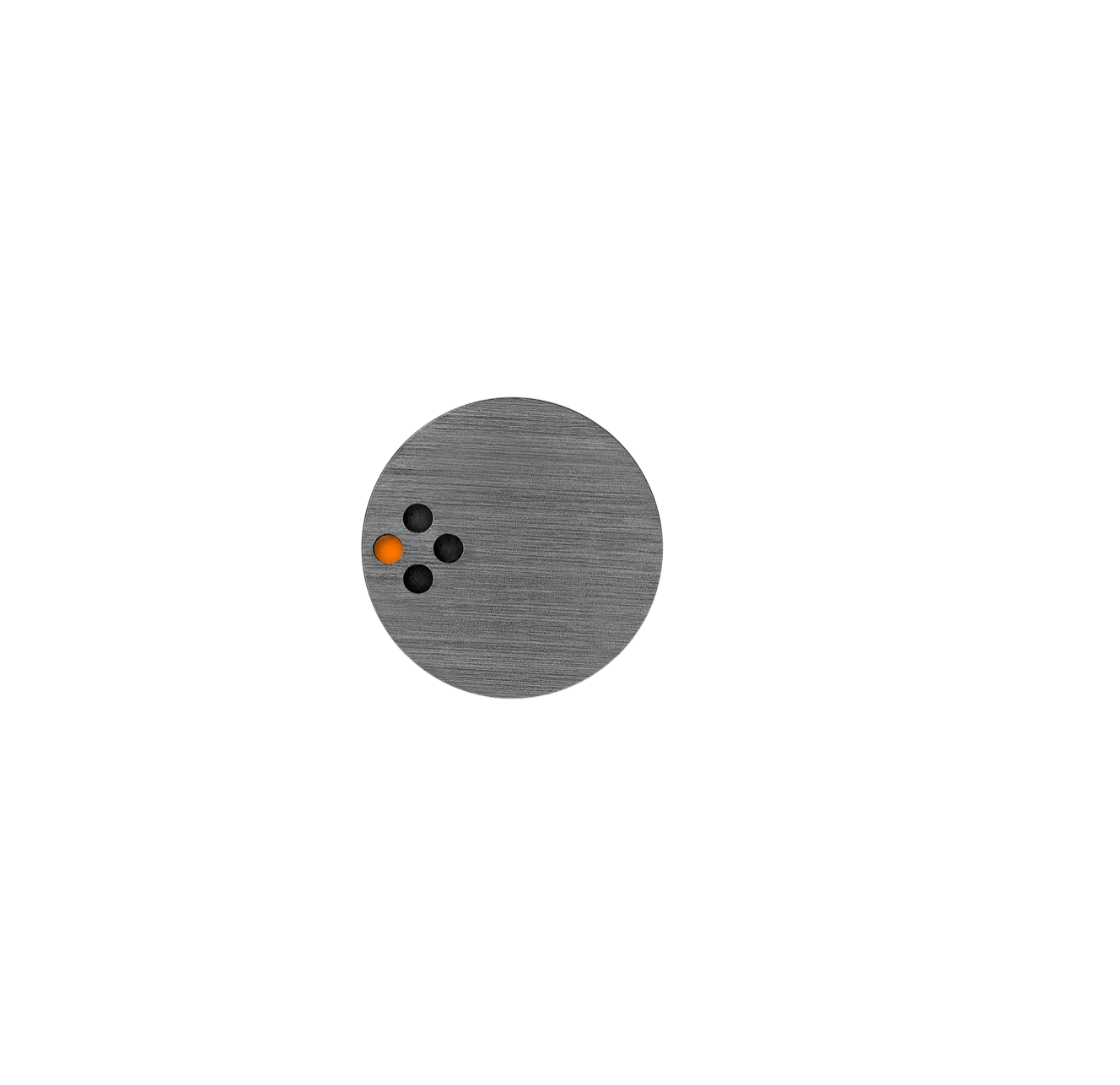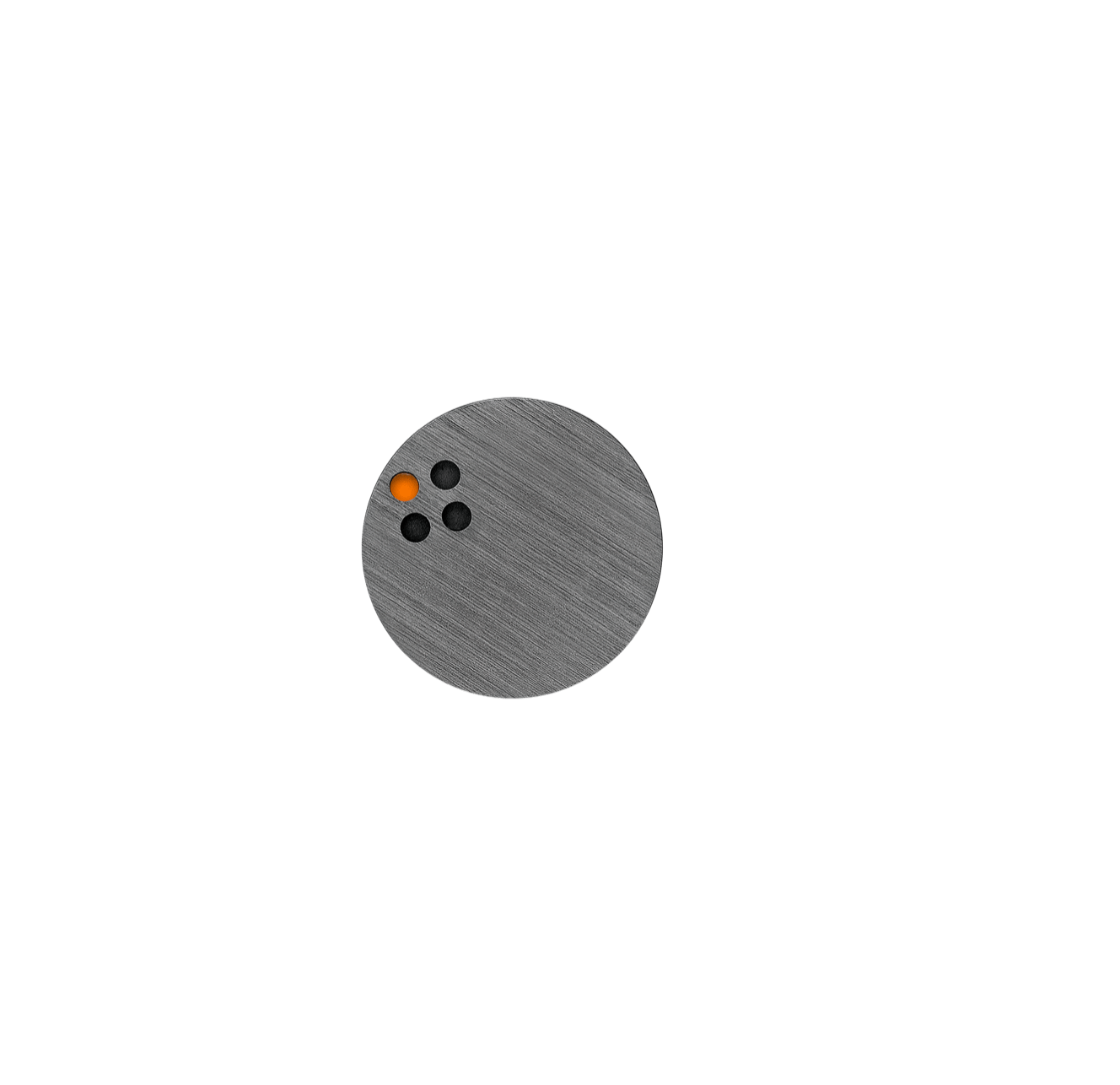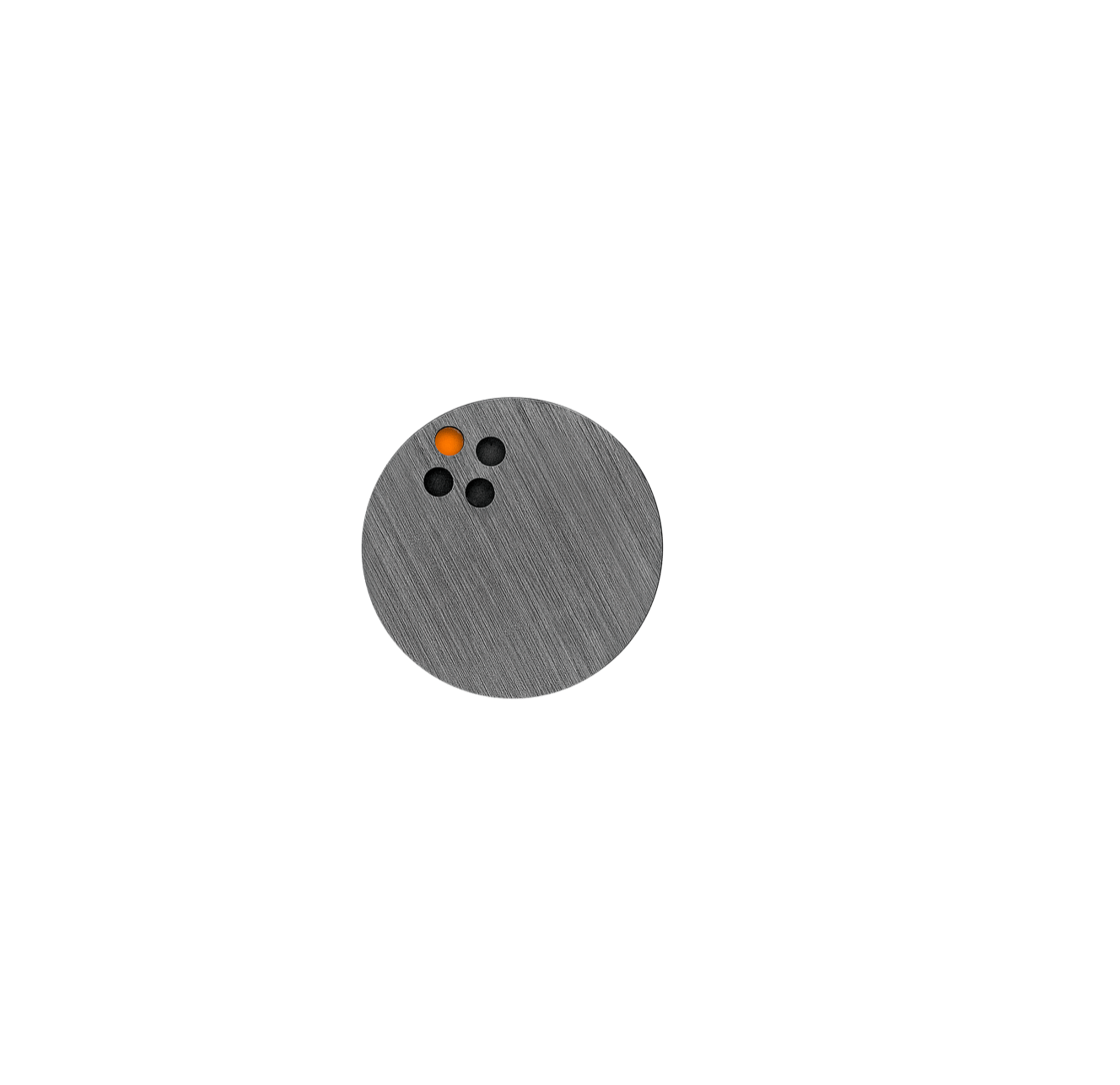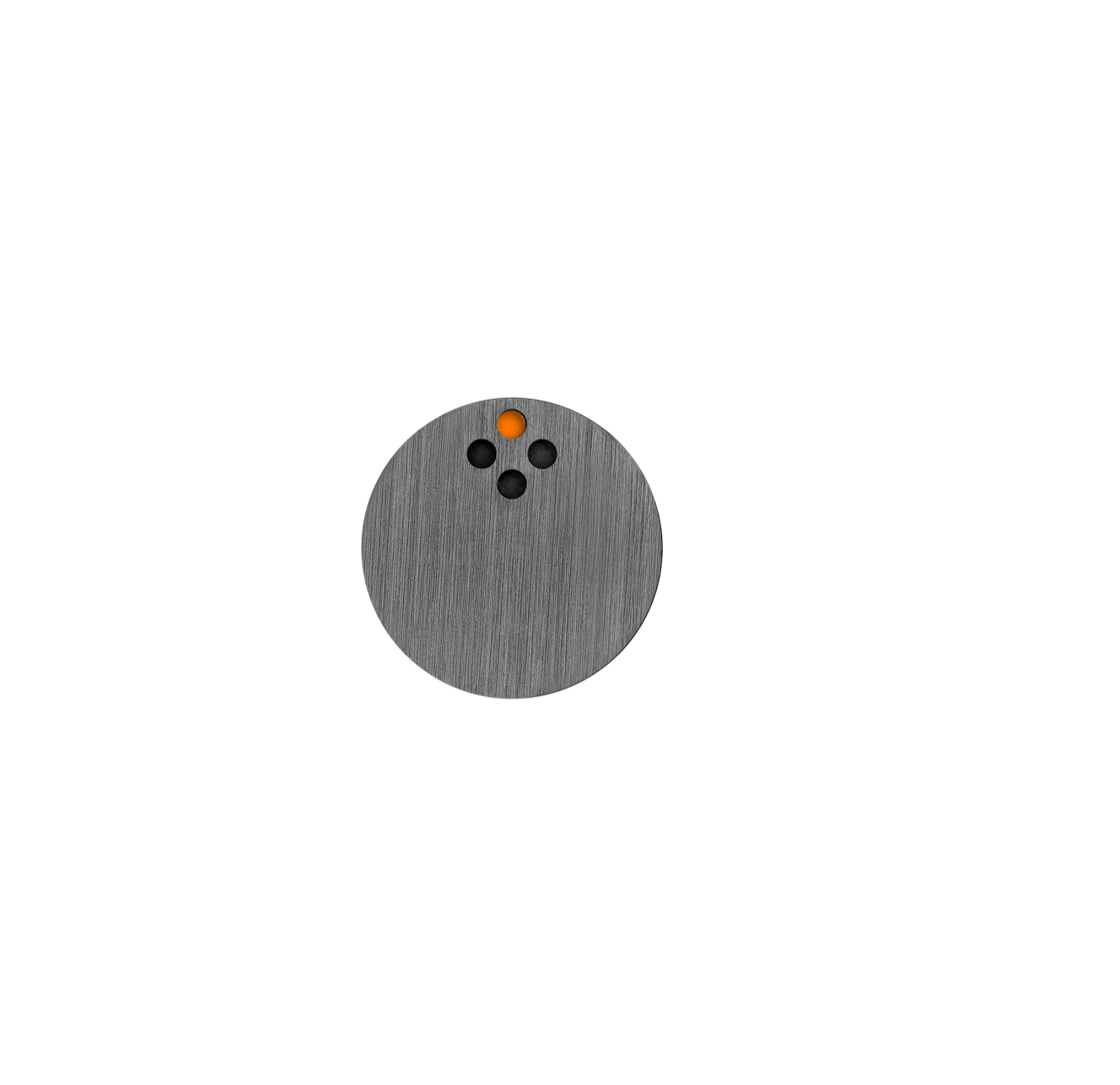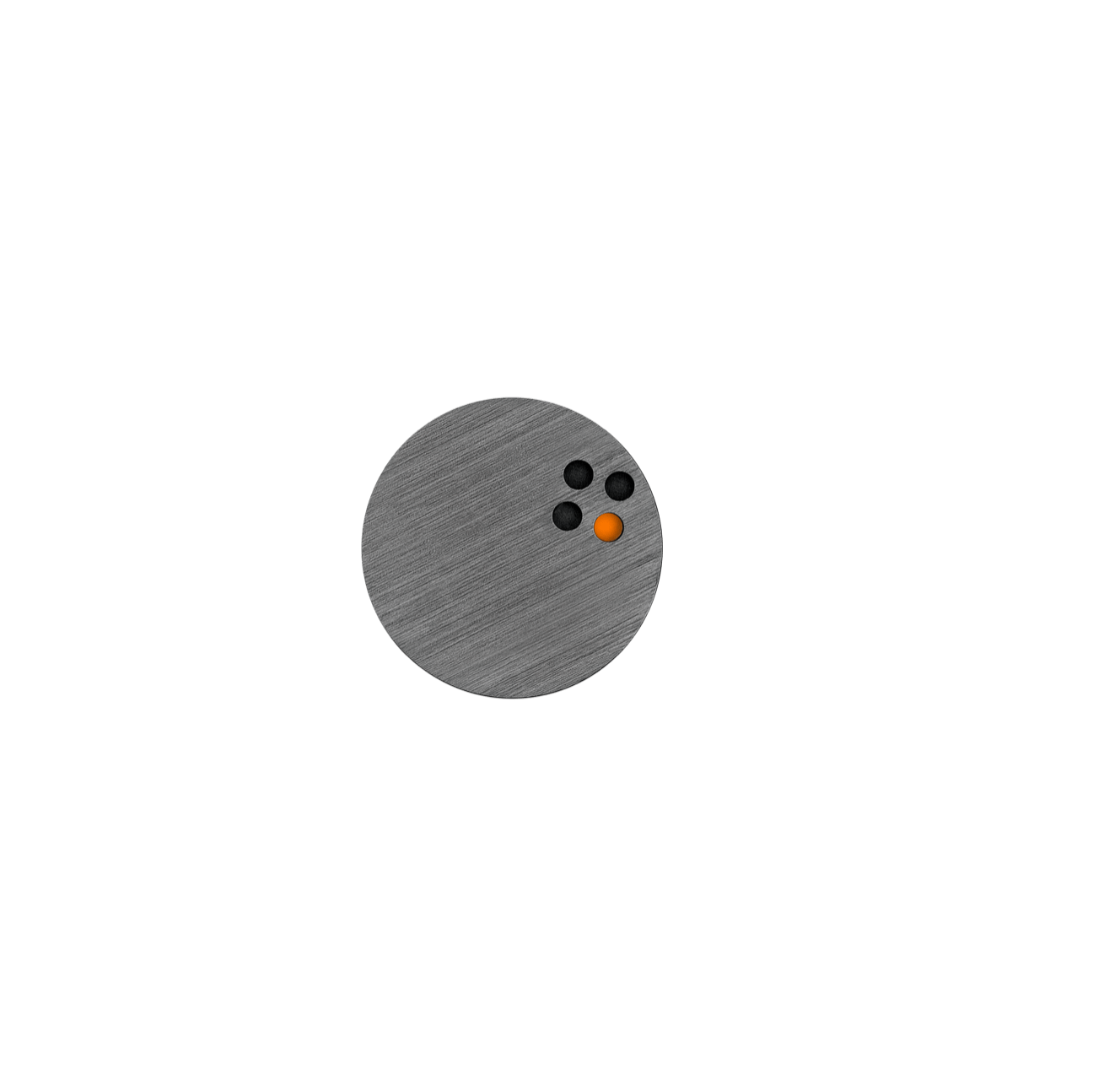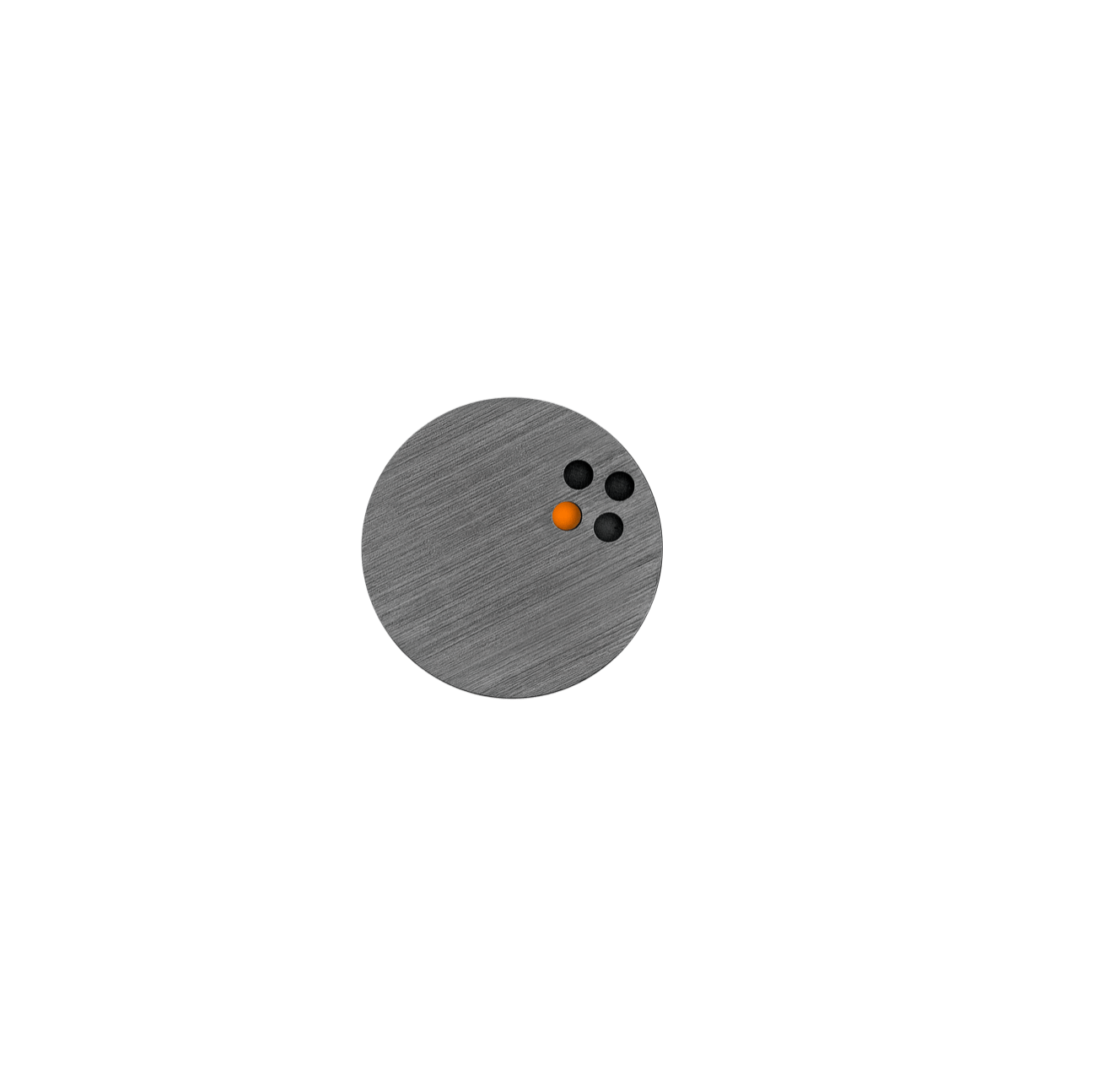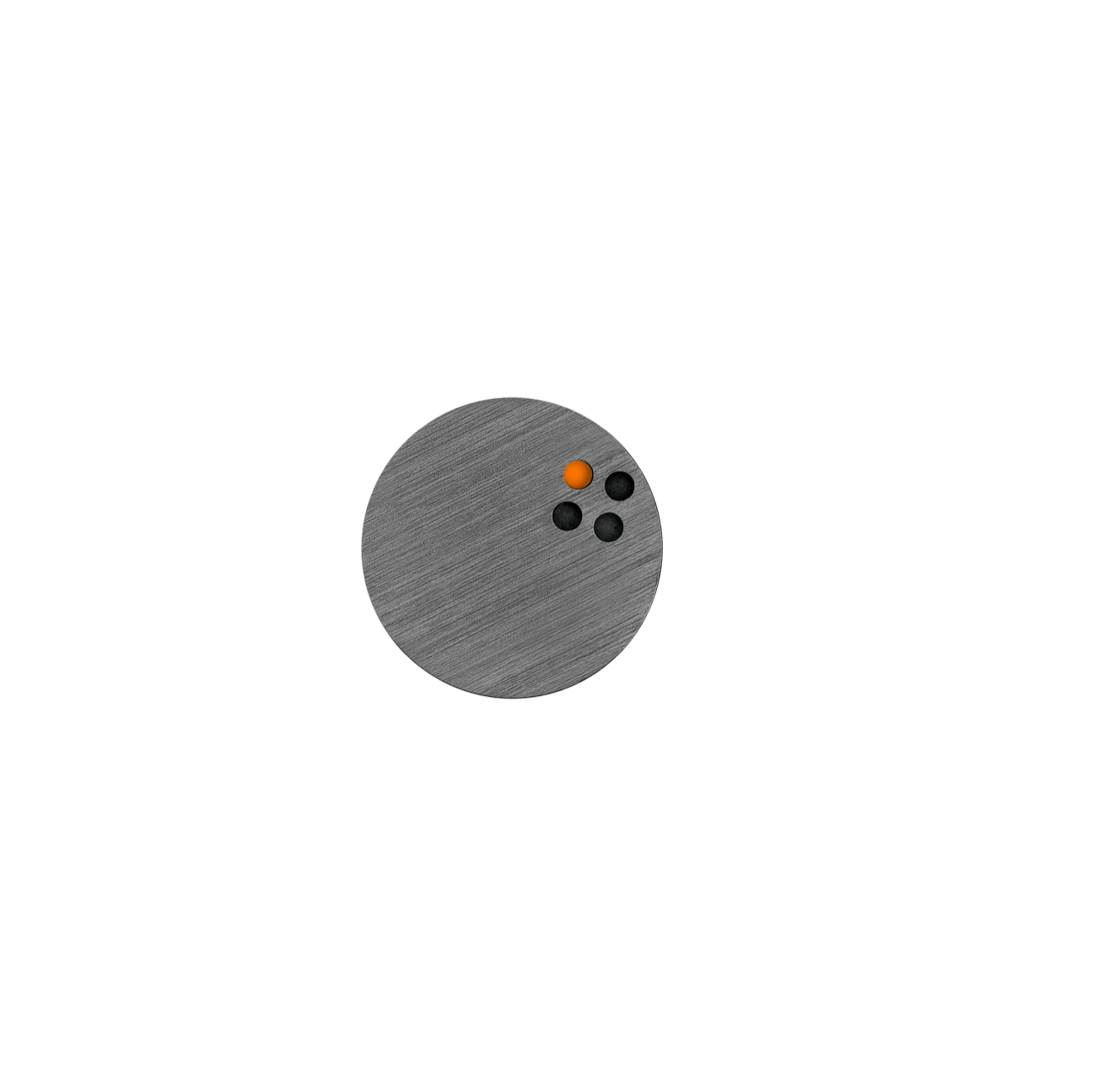perpetual calendar
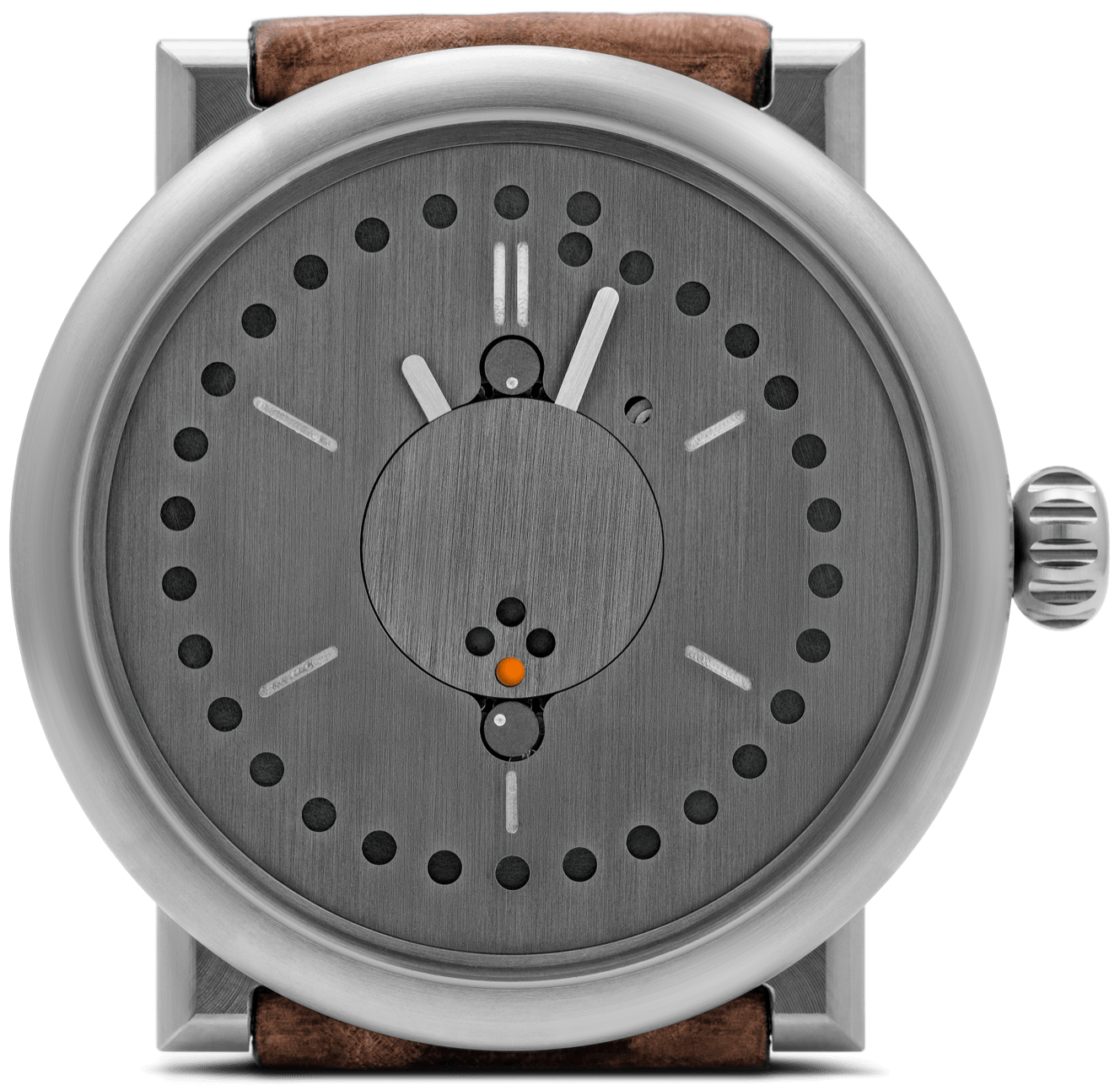

01
02
03
04
05
06
07
08
09
10
11
12
13
14
15
16
17
18
19
20
21
22
23
24
25
26
27
28
29
30
31
01
01
01
01
01
01
01
01
01
01
01
01
01
01
01
01
01
01
01
Reading the functions
The arrows next to the watch above allow you to show different dates. Reading Oechslin’s calendar becomes intuitive after a short time on the wrist.
Date
The 30+1 holes around the perimeter of the dial display the date. The 10 minute markers serve as reference points. For example: the marker indicating 30 minutes also shows the 15th day of the month (30÷2=15). These 5 day markers allow for the date to be read at a glance and after a short time, you can recognize the date intuitively.
Month
The 4 perforations in the month disk indicate the month. When the outermost perforation points to 1 o’clock, it is January. When the outermost perforation points to 2 o’clock, it is February. The month disk rotates clockwise.
Leap year
The 4 perforations in the month disk also show whether it is a leap year or a common year. When the outermost dot is orange, it is a leap year (366 days). When it is dark, it is a common year (365 days). The leap year disk rotates clockwise beneath the month disk.
Power reserve
The small circle beneath 12 o’clock is the power reserve indicator. Full power (60 hours) is when the dot is beneath the rightmost 12 o’clock marker. Empty is when the dot is beneath the leftmost 12 o’clock marker. The disk rotates counterclockwise.
Hour and minute
The exact minute can be read using the date holes, which are spaced at 2 minute intervals. Holes mark even minutes and gaps odd minutes.
Second
Just above the 6 o’clock marker is a seconds disk with a milled excentric dot. This rotating disk indicates that the watch is running.
Control dot
The control dot is located between 1 and 2 o’clock. Together with the time, the control dot shows when it is okay to adjust the date. The video on the manual page shows how this works.

Mechanics
How is Ludwig Oechslin’s perpetual calendar function unique?
Oechslin executes his perpetual calendar as a gear system comprising 9 additional parts and 3 modified parts (*).
- Dial*
- Month disk
- Date disk*
- Baseplate for perpetual calendar mechanism
- Date ratchet wheel
- Bridge
- 4 year ratchet wheel
- Another bridge
- In-between wheel
- 12-hour ratchet wheel*
- Month ratchet wheel
- Additional tooth
Each part is designed to solve multiple problems at once. Like in software engineering and architecture, a simpler solution is more difficult to achieve, but technical elegance brings significant benefits. If a solution requires fewer parts, there are fewer interactions between parts, and fewer potential sources of manufacturing error. Oechslin strives to develop the simplest possible solution because he wants a more reliable result – and he enjoys the intellectual challenge. His ability to reduce a perpetual calendar down to 9 additional parts is the only way ochs und junior, a company with 4 employees, could bring to market an original perpetual calendar function. Oechslin replaces the R&D and quality assurance departments with greater upfront thinking.
What was Oechslin’s motivation for using gears?
With their turning wheels, gears lend themselves to Oechslin’s goal of displaying the date, month and year in analog fashion, like the hands on a watch. The calendar information on Oechslin’s perpetual calendar is readable from the same distance as the time. Gears also allow Oechslin to invent solutions which use fewer parts. Fewer parts leads to higher reliability – and easier servicing. It’s why ochs und junior can offer a lifetime guarantee on the parts designed by Oechslin. Finally, his gear system enables all of the functions to be adjusted quickly via the crown; there is therefore no need for additional pushers like in conventional perpetual calendars. It is fun to set! Check out the “Forwards and backwards” video.
What is the base movement?
The Ulysse Nardin UN-118.
Who is Ludwig Oechslin?
The ochs und junior perpetual calendar is the result of Ludwig Oechslin’s 40 year watchmaking career, during which he has continually returned to the challenge of displaying and implementing calendar watches. In the 1990s, Oechslin invented the first perpetual calendar watch with a date adjustable in both directions, the Ulysse Nardin Perpetual GMT.
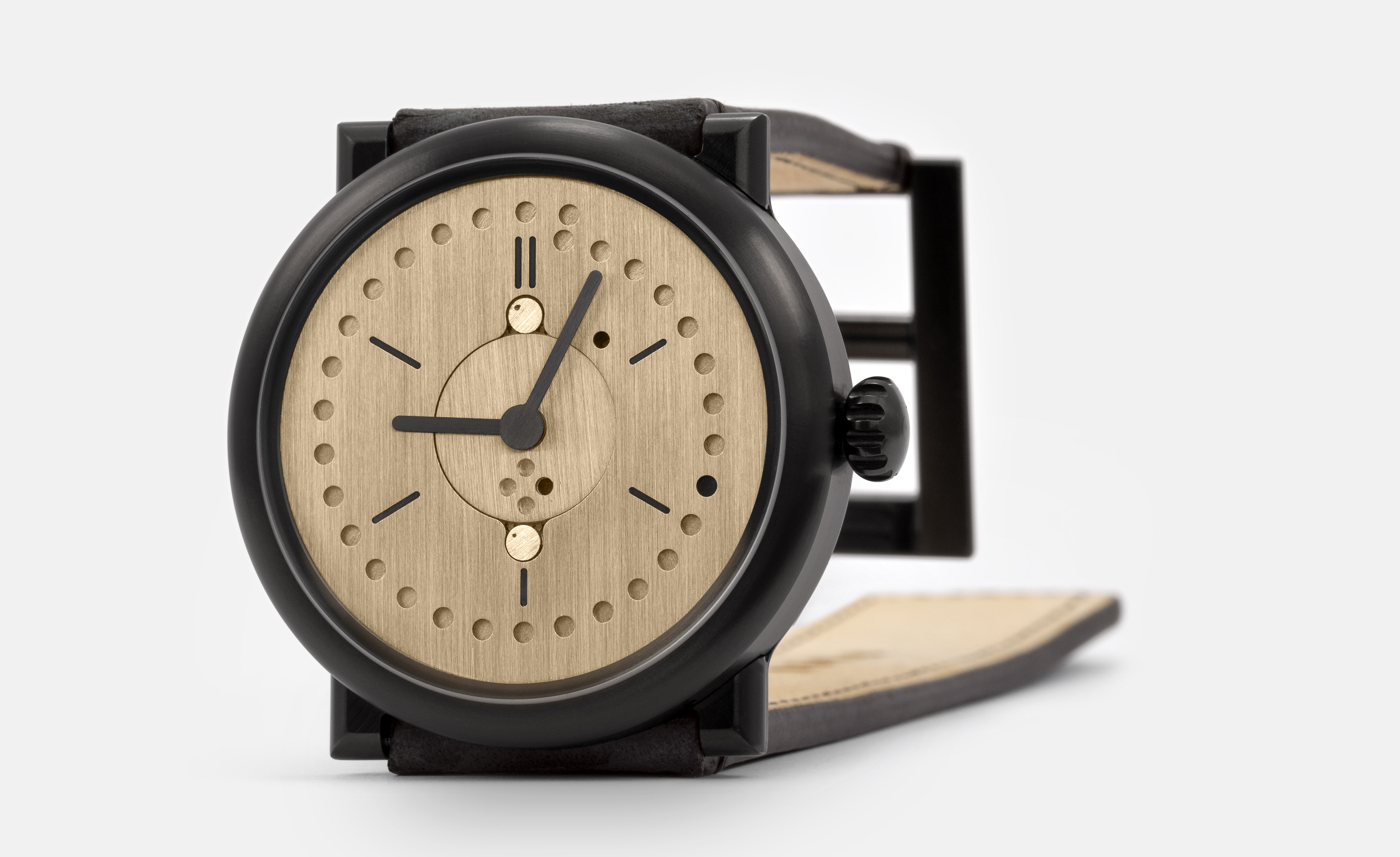
Overview
A perpetual calendar watch accounts for leap years and displays the correct date until the year 2100. Conventional perpetual calendar functions are executed in levers and springs, are delicate to handle, and comprise many parts (Patek Philippe uses 182). The date is usually only adjustable in one direction via pushers on the sides of the case.
Ludwig Oechslin
Ludwig Oechslin’s perpetual calendar watch is designed to be practical – from its unique date display to the simplicity with which it can be set. As he explains in this video, the date is displayed with analog dots so that it can be read from farther away than with numerical indications, and to keep the time the first information in the watch’s visual hierarchy. Oechslin’s perpetual calendar function is executed in just 9 additional parts, because fewer parts mean fewer interactions between parts and higher reliability. The date is adjustable both forwards and backwards, and every function can be set simply using the crown.
Your perpetual calendar watch
ochs und junior manufactures about 15 perpetual calendar watches per year. You can select your perpetual calendar watch from models designed by ochs und junior in our online shop. Or you can design your perpetual calendar using our online customizer. With pleasure, we will guide you to your perfect watch on the phone, over email, or in person.
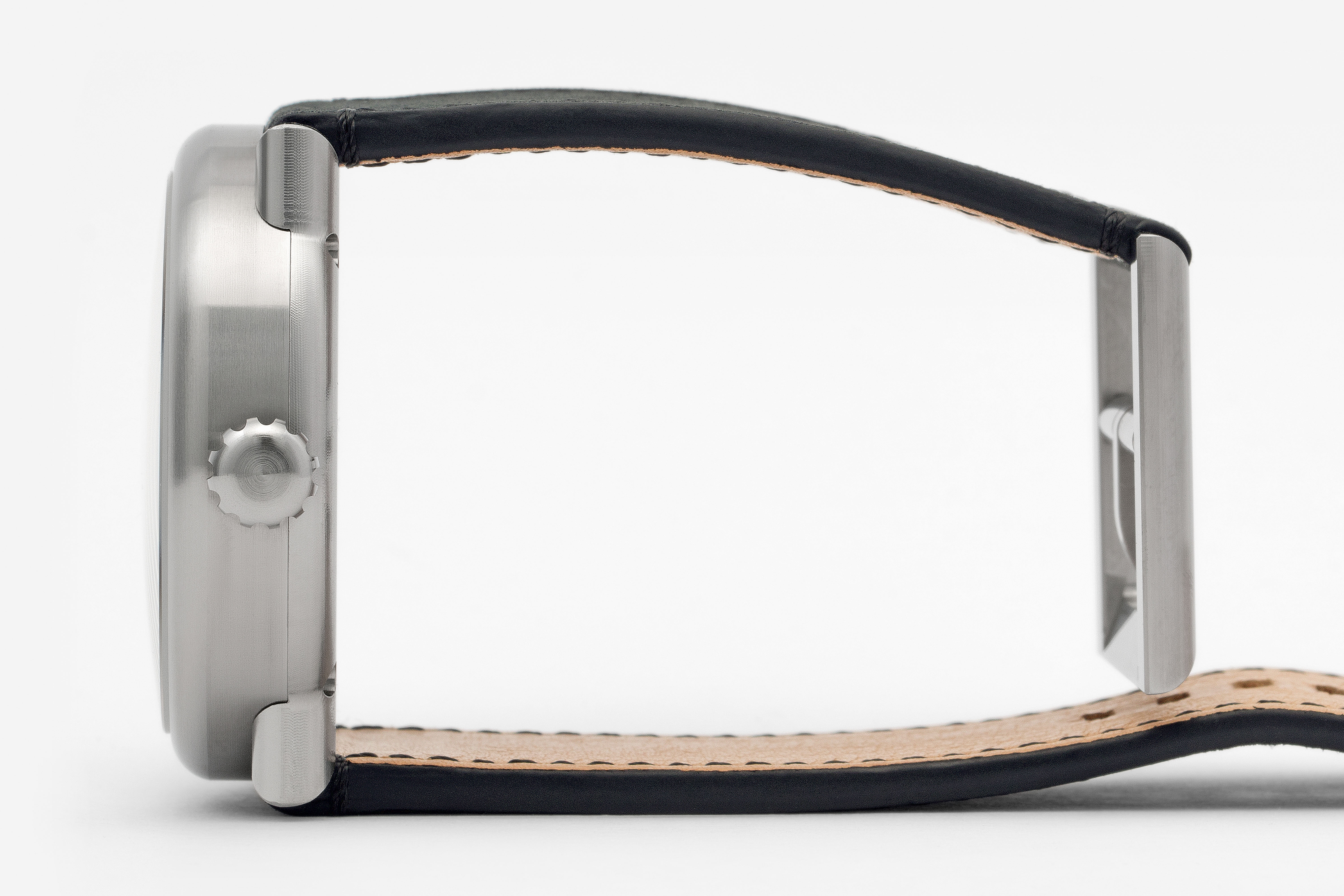
Further information
Dimensions
42mm x 12.5mm (incl. crystal)
Weight
76.4g in titanium (incl. leather strap and buckle)
119.1g in sterling silver 925 (incl. leather strap and buckle)
Water resistance
100m in titanium, 100m in sterling silver 925. Both models are fit for almost any situation in daily life.
Case
2-part case designed by Ludwig Oechslin. Available in grade 5 titanium or sterling silver 925; additional materials upon request. Visible machining marks. ochs und junior watches require no movement ring due to the extremely small manufacturing tolerances on the case. Available exclusively with a solid case back.
Base movement
Ulysse Nardin UN-118 with 60 hours power reserve. Manufacturer: Ulysse Nardin SA / Le Locle / Switzerland.
Crown
Screw-down crown designed by Ludwig Oechslin in grade 5 titanium or sterling silver 925. Manufacturers: Pibor SA / Glovelier / Switzerland and Helfenstein Mechanik AG / Alpnach / Switzerland.
Buckle
Designed by Ludwig Oechslin for 22mm watch straps with no loops. Visible machining marks. Grade 5 titanium or sterling silver 925, additional materials upon request. Manufacturer: Helfenstein Mechanik AG / Alpnach / Switzerland.
Watch straps
We offer many possibilities, which you can explore in our straps pages: sturgeon, leather, suede, rubber.
Sapphire crystal
The sapphire crystals are manufactured by Stettler in Lyss / Switzerland. Both sides are treated with anti-reflective coating by Econorm in St-Imier / Switzerland.
Reading the time in low-light or dark conditions
For optimal readability our watches are coated in Super-LumiNova X1, manufactured by RC TRITEC in Teufen / Switzerland. Super-LumiNova is always applied in conjunction with a color pigment. All Pantone colors are available, but the brighter the color, the better the luminosity. Super-LumiNova shines green (the option used by ochs und junior) or blue, on special request. The Super-LumiNova coating is applied by hand by ochs und junior, or for dials with a color application by Cador in Eimeldingen / Germany and by Monyco in La Chaux-de-Fonds / Switzerland.
Swiss made
The ochs und junior perpetual calendar is entirely manufactured in Switzerland. The Ulysse Nardin UN-118 base movement is manufactured in Le Locle. Each watch is hand-assembled and regulated at the ochs und junior workshop in La Chaux-de-Fonds.
Lifetime warranty
A lifetime warranty covers all parts invented by Ludwig Oechslin, and the entire watch is covered by a 2-year guarantee. ochs und junior’s limited production and direct sales model allows us to offer uniquely fast and competent service.
Designed by ochs und junior
Watches in the perpetual calendar shop are designed by ochs und junior. Individually manufactured, they have the potential to become classics.
Custom-made
Ludwig Oechslin’s rigorously simple designs, the fact that we individually manufacture our parts, and the direct contact we have with our clients enable us to offer the highest possible degree of customization. The customizer shows many possibilities.
Links
perpetual calendar
Facts
Customizer
Shop
Gallery
Videos
Manual
Blog
simplicity ensues from practicality
Helfenstein Mechanik AG
Assemble…yourself!
Variation 1
Titanium
date displays

